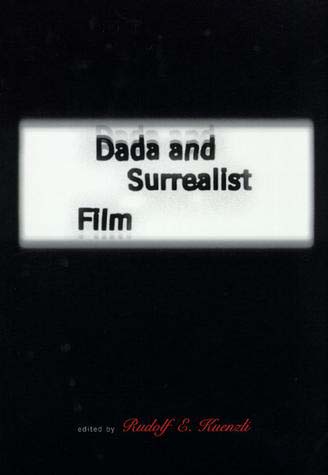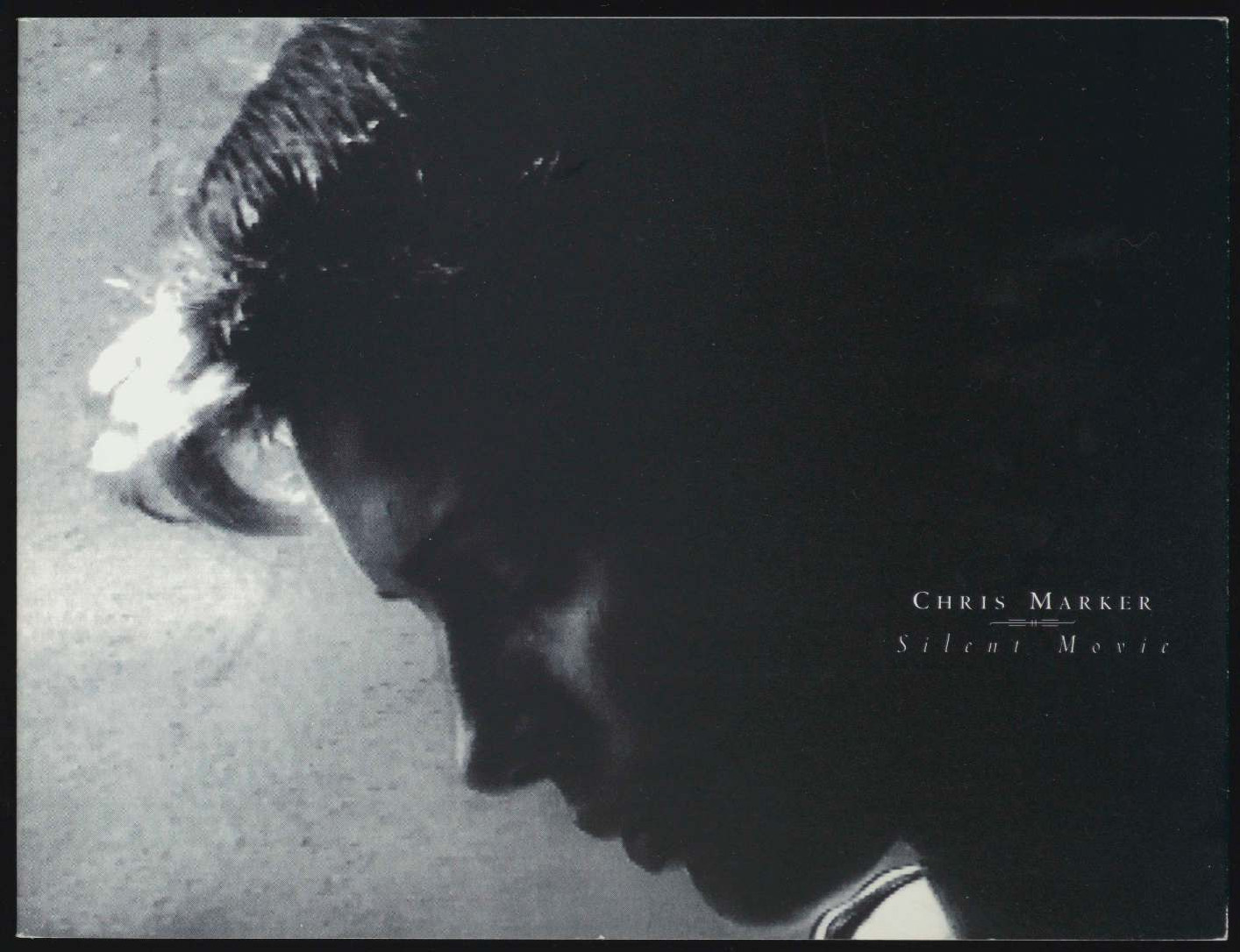Rudolf E. Kuenzli (ed.): Dada and Surrealist Film (1987)
Filed under book | Tags: · art history, cinema, dada, film, film history, surrealism

“This collection of thirteen original essays analyzes connections between film and two highly influential twentieth-century movements. The essays, which comment on specific films and deal with theoretical and topical questions, are framed by a documentary section that includes a photographic reproduction of the manuscript scenario for Robert Desnos’s and Man Ray’s L’Etoile de mer, and an introduction by the editor that provides a cogent working model for the difference between Dada and Surrealist perspectives.” (back cover)
Publisher Willis Locker & Owens, New York, 1987
This edition by MIT Press, 1996
ISBN 026261121X, 9780262611213
254 pages
Reviews: Andrew Horton (Film Quarterly, 1990), Bettina L. Knapp (L’Esprit Créateur, 1990).
PDF (75 MB, no OCR)
Comment (0)Ute Holl: Cinema, Trance and Cybernetics (2002–)
Filed under book | Tags: · anthropology, avant-garde, cinema, cybernetics, film, film history, psychology, theory

“Ute Holl explores cinema as a cultural technique of trance, unconsciously transforming everyday spatio-temporal perception. The archaeology of experimental and anthropological cinema leads into psycho-physiological laboratories of the 19th century. Through personal and systematic catenations, avant-garde filmmaking is closely linked to the emerging aesthetics of feedback in cybernetic models of the mind developed at the same time. Holl analyses three major fields of experimental and anthropological filmmaking: the Soviet avant-garde with Dziga Vertov and his background in Russian psycho-reflexology and theory of trance; Jean Rouch and his theory of cine-trance and the feed-back; and the New American Cinema with Maya Deren and Gregory Bateson conceptualising the organisation of time, space, movement and feedback trance in anthropological filmmaking.”
First published as Kino, Trance und Kybernetik, Brinkmann & Bose, Berlin, 2002.
Translated by Daniel Hendrickson
Publisher Amsterdam University Press, Amsterdam, 2017
Recursions series
Creative Commons BY-NC 4.0 License
ISBN 9789089646682, 908964668X
326 pages
Chris Marker: Silent Movie (1995)
Filed under artist publishing, catalogue | Tags: · cinema, film, film history, silent cinema, silent film

In Silent Movie, “Marker employs five-channels of video, each a thematic exploration of early cinema. Film images disclosing ‘The Journey,’ ‘The Face,’ ‘The Gesture,’ and ‘The Waltz’ occupy four of the monitors while on the fifth (and middle) monitor is a collection of ninety-four silent-era intertitles, ‘telling short, mysterious pieces of unknown stories.’ These moving images travel through a computer interface that assembles an ever-changing array of sequences. At any given moment, each passage is in unique juxtaposition with the other images passing across the surrounding monitors. Coloration, tone, and association are governed by chance contiguities; even the intertitles narrate across a field of fluid relationships.” (Source)
“Silent Movie. To give an installation the name of something that never existed is probably less innocent than the average cat may infer. There was never anything like silent cinema, except at the very beginning, or in film libraries, or when the pianist had caught a bad flu. There was at least a pianist, and soon an orchestra, next the Wurlitzer, and what contraptions did they use, in the day of my childhood, to play regularly the same tunes to accompany the same film? I’m probably one of the last earthlings–the ‘last,’ says the cat–to remember what themes came with what films: ‘A Midsummer Night’s Dream’ on Wings (the dogfights), Liszt’s ‘The Preludes’ on Ben Hur. A touch of humour noir here, to think that the saga of the young hebrew prince was adorned by Hitler’s favorite music, which in turn explains why you hear it more often than Wagner on the German war newsreels–but I get carried away. …”–Chris Marker (book page 15)
Edited by Ann Bremner
Publisher Wexner Center for the Arts, Ohio State University, Columbus/OH, 1995
ISBN 1881390101
40 pages
via MoMA
PDF
Video excerpt (8 min)

